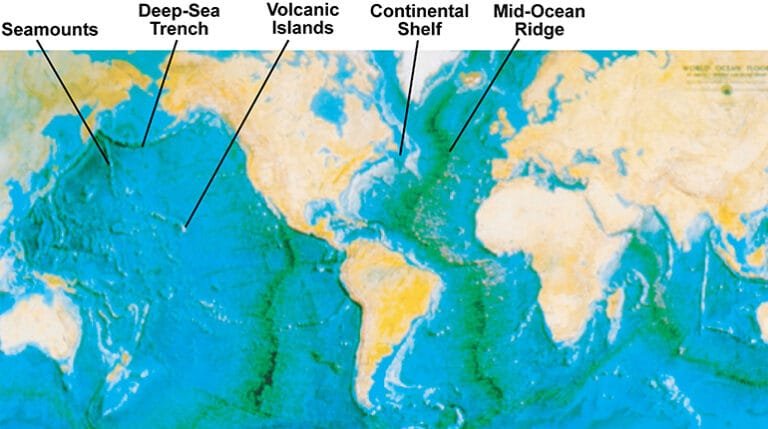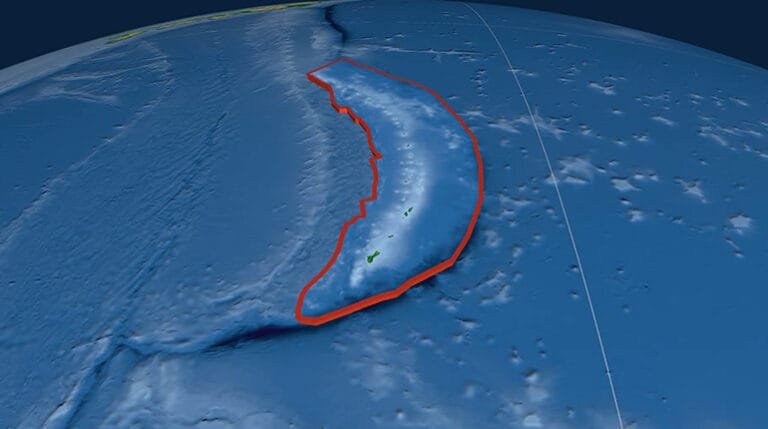Tectonic Uplift: Evidence for Rapid Continental Drift

Introduction to Tectonic Uplift and Continental Drift
The study of plate tectonics and its impact on Earth’s surface has become a cornerstone of modern geology. This area of science offers insights not only into the geological processes observed today but also raises intriguing questions about the historical events that shaped our planet. From a young Earth creationist perspective, the paradigm of tectonic uplift and continental drift presents compelling support for the worldwide flood described in the Bible. This article explores how rapid continental drift and tectonic uplift can describe a world shaped by catastrophic events, including Noah’s Flood, while highlighting evidence that supports a young Earth timeline.
Understanding Tectonics Uplift
Tectonic uplift is the geological process by which the Earth’s crust rises due to various forces, such as tectonic plate movement, volcanic activity, or isostatic rebound. This phenomenon is often responsible for the formation of mountains and is crucial to understanding the distribution of continents.
Mechanisms of Tectonic Uplift
The mechanisms responsible for tectonic uplift can be categorized into several primary processes:
- Subduction Zones: Where one tectonic plate is forced under another, leading to the formation of mountain ranges.
- Rift Zones: Where tectonic plates move apart, leading to the creation of new oceanic crust and the uplift of surrounding land.
- Dome Uplift: Resulting from magma pushing up from the mantle but not erupting, forming large uplifted areas.
- Isostatic Rebound: The uplift that occurs when large ice sheets melt, reducing their weight on the crust and allowing it to rise.
Rapid Continental Drift: A Young Earth Perspective
The traditional geological timescale posits that plate tectonics has been a slow and gradual process over millions of years. However, a young Earth creationist perspective posits that these movements may have occurred at much faster rates, particularly in the context of events during and after Noah’s Flood.
Evidence of Rapid Movement
Several pieces of evidence support the hypothesis of rapid continental drift:
- Magnetic Reversals: The ocean floor exhibits symmetrical patterns of magnetic reversals that suggest rapid seafloor spreading. Creationists argue that this spreading could have occurred in the turbulent aftermath of a global flood.
- Fossil Distribution: The presence of identical fossils on widely separated continents (e.g., South America and Africa) suggests that these landmasses were once connected. A rapid continental shift could explain this phenomenon in the context of catastrophic events.
- Geological Similarities: Similar rock formations and mountain ranges, such as the Appalachian Mountains in North America and the Caledonian Mountains in Scotland, hint at a period when these regions were part of a single landmass, possibly reorganized during the Flood.
Case Studies in Tectonic Uplift and Continental Drift
To illustrate the principles of tectonic uplift and rapid continental drift, we can examine specific geological examples that highlight these phenomena in a young Earth context.
The Himalayan Uplift
The Himalayas are one of the most prominent examples of tectonic uplift. Formed by the collision of the Indian and Eurasian plates, this massive mountain range emphasizes the ongoing processes of plate tectonics.
- Evidence of Rapid Uplift: Studies suggest that the Himalayan uplift occurred at rates of several millimeters per year, significantly faster than many other mountain ranges.
- Implications for a Young Earth: Creationists interpret the dramatic uplift as a result of sudden geological events, potentially linked to the cataclysmic forces unleashed during the Flood.
Mid-Atlantic Ridge
The Mid-Atlantic Ridge serves as a vital example of seafloor spreading, providing insights into rapid continental drift.
- Volcanic Activity: The presence of volcanic islands along the ridge correlates with significant tectonic activity, suggesting that new crust is forming rapidly.
- Creationist Perspective: The swift nature of this tectonic activity could align with the rapid geological changes that occurred during Noah’s Flood, as ocean basins reformed and continents shifted.
Geological Formations as Evidence
Certain geological formations offer compelling evidence for rapid tectonic activity, supporting the young Earth framework.
Subduction Zones
Subduction zones are critical in understanding tectonic uplift and rapid movement.
- Formation of Trenches and Mountains: When one plate subducts beneath another, immense pressure leads to the creation of deep ocean trenches and mountain ranges on the overriding plate. An example can be found in the Andes mountains, which arose from the Nazca Plate subducting beneath the South American Plate.
- Impacts of Catastrophism: Proponents of a young Earth argue that the rapid uplift of features like the Andes could be the result of short-lived, intense tectonic activity that aligns with the timeline of the Flood.
Fossilized Coral Reefs
Fossilized coral reefs discovered on land highlight the history of uplift and catastrophic change.
- Evidence of Uplift: Coral reefs currently found thousands of feet above sea level indicate significant geological uplift, which creationists attribute to the tectonic upheaval related to the Flood.
- Coral Growth Rates: Corals grow at specific rates, suggesting that their fossilization during uplift points to rapid changes in their environment rather than slow geological processes.
Consistency with Scriptural Accounts
The geological evidence and interpretations presented align with a biblical understanding of Earth’s history, particularly in light of the events surrounding Noah’s Flood.
Genesis and Geological Events
The book of Genesis describes a cataclysmic flood that reshaped the Earth. This narrative seamlessly integrates with tectonic and geological evidence.
- Scriptural Support for Catastrophic Events: The Flood represents a dramatic reshaping of the Earth’s surface, which can be reasonably interpreted to involve rapid tectonic activity.
- Behavior of Water: The dynamics of water flow during the Flood would have influenced erosion, deposition, and uplift, supporting the notion of widespread geological changes in a short time frame.
Challenges to Conventional Models
Young Earth creationists often challenge the conventional geological timescale, positing alternative explanations for observed geological phenomena.
Conventional Geological Model Critique
- Time Scale: Traditional geology suggests millions of years for the formation of certain geological features. Young Earth proponents argue that rapid tectonic movements could explain these formations in a much shorter timeline.
- Assumptions in Dating Methods: Radiometric dating is often contested for its assumptions about initial conditions and decay rates. Young Earth creationists advocate for reassessing these models in light of rapid geological events.
Conclusion
The exploration of tectonic uplift and rapid continental drift offers a rich context for understanding Earth’s geological history from a young Earth creationist perspective. Evidence suggests that the forces responsible for shaping our continents could align with the account of Noah’s Flood, indicating that stunning geological features may have formed through catastrophic events rather than vast periods of time. As studies continue to evolve, the integration of geological evidence with biblical accounts underscores the harmony possible between faith and scientific inquiry. In recognizing the potential for rapid tectonic changes, we can gain a deeper appreciation for both the contours of our planet and the scriptural narratives that seek to explain them.




